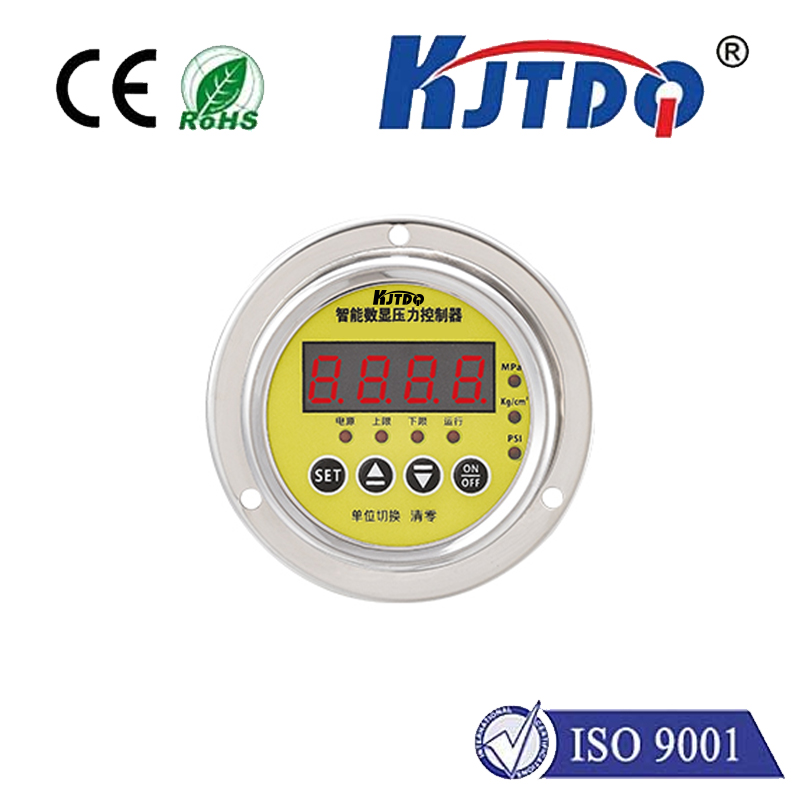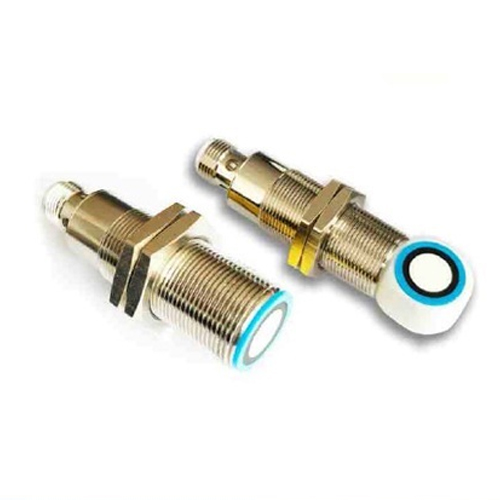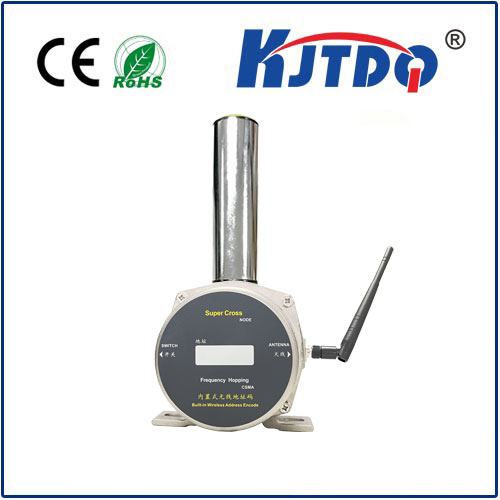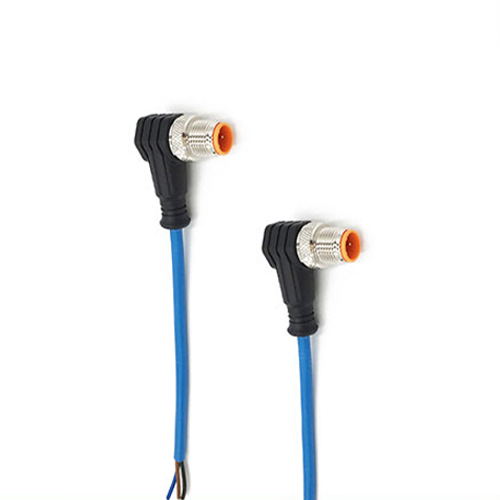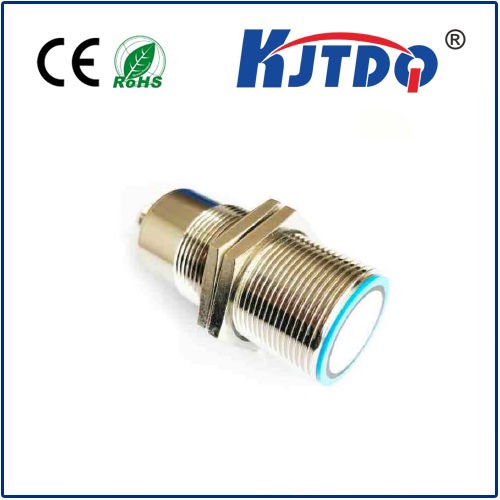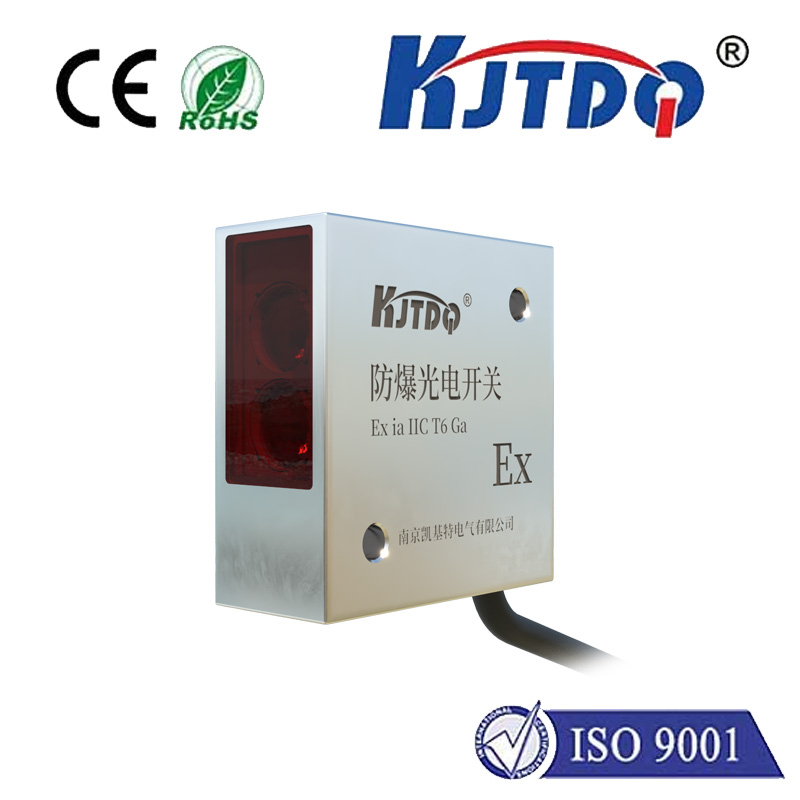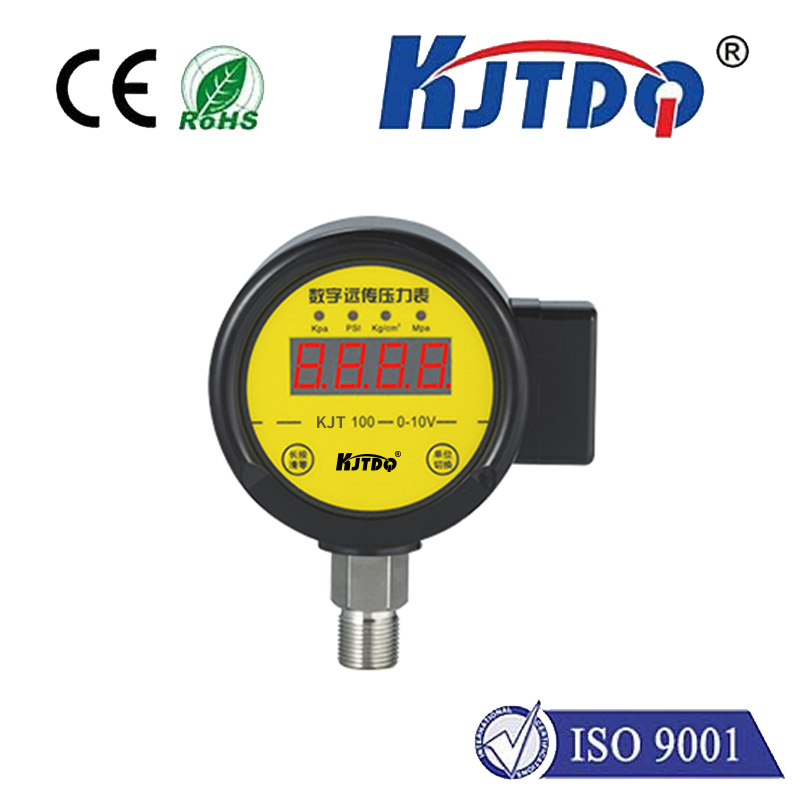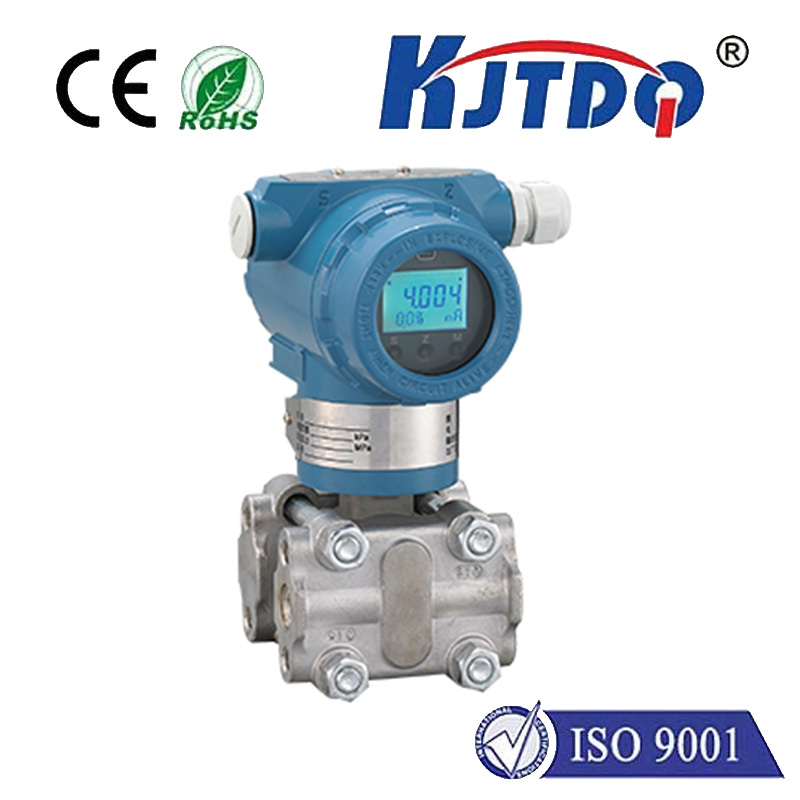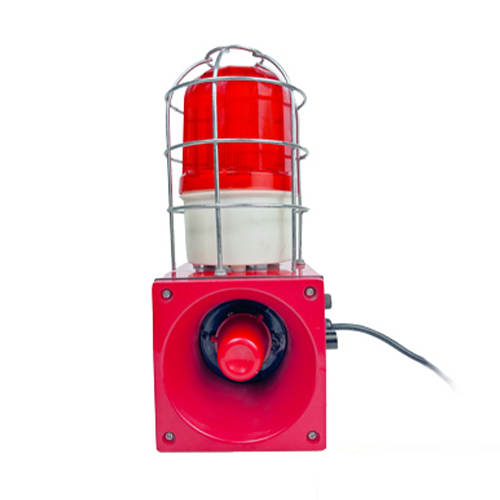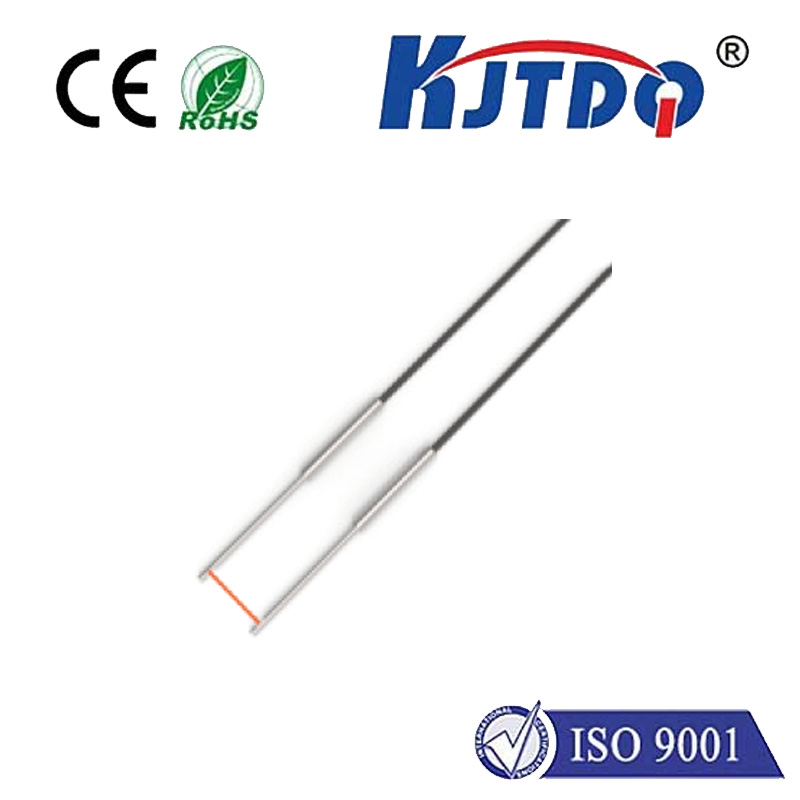ethernet temperature sensor
- time:2025-08-20 00:21:44
- Click:0
Ethernet Temperature Sensors: The Backbone of Modern Remote Monitoring Systems
Imagine a critical pharmaceutical storage facility in the dead of night. Thousands of dollars worth of temperature-sensitive vaccines rest within. A traditional wired sensor system fails silently – no alert, no warning. Hours pass before the temperature drift is discovered, potentially ruining the entire batch. This scenario highlights the critical flaw in legacy monitoring: limited visibility. Remote monitoring, vital for operational continuity and safety, demands more resilient, accessible solutions. Ethernet temperature sensors step into this gap as the foundation of truly robust, real-time environmental monitoring systems.
So, what exactly is an Ethernet temperature sensor? Essentially, it’s a device that measures ambient or surface temperature and transmits that data directly over a standard Ethernet network. Unlike older analog sensors requiring separate wiring to dedicated displays or controllers, these sensors integrate directly into your existing Local Area Network (LAN) or Wide Area Network (WAN) infrastructure. This Ethernet connectivity unlocks unparalleled capabilities:
- Centralized Monitoring & Cloud Integration: Data streams directly to network servers, SCADA systems, or cloud platforms. This allows personnel to monitor temperatures from any location with internet access, using dashboards, smartphones, or computers. Critical alarms can be configured to trigger emails, SMS messages, or audible alerts instantly.
- Simplified Installation & Scalability: Leveraging existing network cabling drastically reduces installation complexity and cost compared to running dedicated sensor wires. Adding more sensors is often as simple as plugging into the nearest network jack and configuring the device.
- Power over Ethernet (PoE): Many Ethernet temperature sensors support PoE (Power over Ethernet). This revolutionary feature delivers both data connectivity and electrical power over a single standard Ethernet cable. This eliminates the need for separate, often inconvenient, AC power sources near the sensor location, vastly expanding deployment possibilities and improving reliability by eliminating single points of failure.
- Enhanced Data Logging & Analytics: Built-in memory often allows sensors to log thousands of readings. Combined with network connectivity, this data feeds into powerful analytics software for trend analysis, compliance reporting, predictive maintenance, and optimizing environmental conditions. Real-time data collection becomes seamless.
- Robustness & Reliability: Designed for demanding environments, these sensors often feature industrial-grade casings with high IP (Ingress Protection) ratings (e.g., IP67), making them resistant to dust, moisture, and even temporary immersion. Their direct digital signal transmission is far less susceptible to electromagnetic interference (EMI) than analog signals.
Where Ethernet Temperature Sensors Excel: Key Applications

The versatility of Ethernet-connected temperature monitoring makes it indispensable across numerous sectors:
- Industrial Process Control & Manufacturing (Industry 4.0): Monitor temperatures on production lines, machinery bearings, ovens, boilers, and cooling systems. Early detection of overheating prevents costly equipment failure and production downtime. Remote access is crucial for large facilities.
- Data Centers & Server Rooms: Maintaining precise temperature ranges within server racks and rooms is paramount to hardware lifespan and preventing catastrophic outages. Ethernet sensors provide granular, continuous monitoring across the entire facility, feeding into Building Management Systems (BMS).
- HVAC System Optimization: Monitor ambient temperatures in different zones, supply/return air streams, and chiller/boiler performance. Ethernet connectivity enables centralized control and fine-tuning of HVAC systems for maximum energy efficiency and occupant comfort.
- Laboratories & Healthcare: Ensure compliance with strict temperature regulations for sensitive samples, pharmaceuticals (cold chain), blood banks, and incubators. Instant remote alerts are vital for protecting valuable assets and patient safety.
- Agriculture & Environmental Monitoring: Monitor greenhouse conditions, soil temperature (with probes), grain storage silos, or weather station data. Remote monitoring over large, often inaccessible areas becomes feasible.
- Critical Infrastructure: Protect sensitive equipment in electrical substations, telecom cabinets, and clean rooms through continuous temperature monitoring with immediate alarm capabilities.
Choosing the Right Ethernet Temperature Sensor: Key Considerations
Selecting the optimal sensor requires evaluating several factors:
- Measurement Range & Accuracy: Ensure the sensor covers the expected temperatures with sufficient precision (±0.5°C or better is often needed in critical applications).
- Sensor Type: Common options include NTC Thermistors (cost-effective, good general accuracy), RTDs (higher accuracy and stability), and Thermocouples (wide temperature ranges). Probe options are available for surface or immersion measurements.
- Ethernet Features: Does it support PoE (PoE, PoE+, PoE++)? What network protocols are supported (Modbus TCP, SNMP, MQTT, HTTP API)? Protocols like SNMP are ubiquitous in IT environments, while Modbus TCP integrates easily with industrial PLCs. MQTT is excellent for IoT/cloud-centric deployments.
- Environmental Protection (IP Rating): Match the IP rating (e.g., IP65, IP67) to the deployment environment (dusty, wet, washdown areas).
- Software & Integration: Assess compatibility with existing SCADA, BMS, or cloud platforms (AWS IoT, Azure IoT, etc.). Look for vendors providing robust APIs or software for configuration, visualization, and alerting.
- Certifications: Check for necessary safety (UL, CE) or industry-specific certifications (ATEX for hazardous areas).
The Future is Networked: Embracing Intelligent Monitoring
Ethernet temperature sensors represent far more than just a digital evolution of older thermometers. They are fundamental enablers of intelligent, connected environments. By providing reliable, real-time data directly onto the network backbone, they empower organizations to:
- Prevent costly failures through early warning systems.
- Optimize energy consumption via smarter environmental control.
- Ensure regulatory compliance with verifiable data logs.
- Improve operational efficiency through centralized remote monitoring.
- Gain valuable insights from historical data analytics.
Whether safeguarding delicate biological samples, ensuring continuous server operation, optimizing a manufacturing line, or protecting industrial assets, Ethernet temperature sensors provide the critical data link. By transforming temperature measurements into accessible network data points, they unlock a new level of control, insight, and resilience essential for modern operations. Investing in the right Ethernet temperature monitoring solution is an investment in the safety, efficiency, and intelligence of your critical environments.












